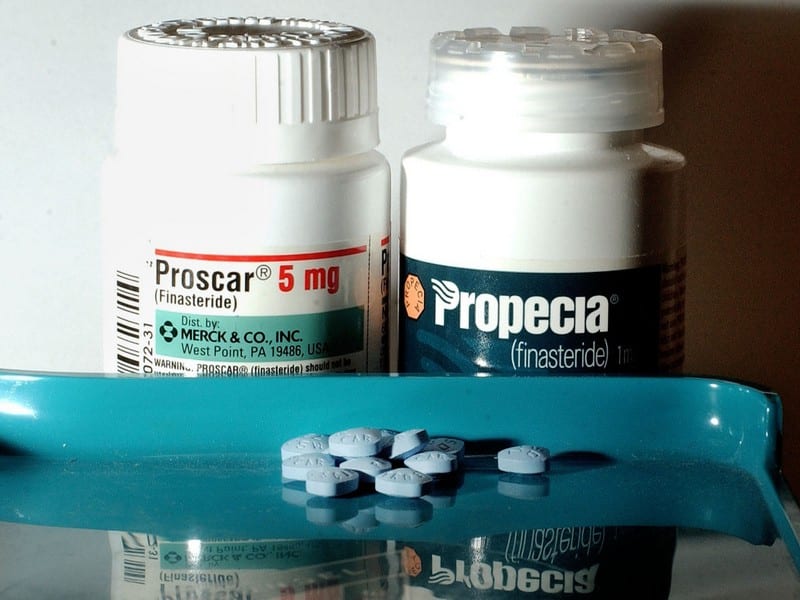Finasteride (Propecia)

Male pattern hair loss is commonly known as androgenetic alopecia. This condition is also known as benign prostatic hyperplasia (BPH) in males and is treated with Finasteride.
An enlarged prostate is the root of BPH. Finasteride will lessen the severity of these symptoms and lower the likelihood that they may require prostate surgery. In addition, Finasteride will enhance the number of scalp hairs in men experiencing hair loss, but it will not improve the quantity of body hair.
5-alpha-reductase is an enzyme that Finasteride inhibits. This enzyme converts testosterone to a hormone that causes male pattern baldness or prostate growth. As a result, the body’s testosterone levels will rise, reducing prostate size and promoting scalp hair growth. Finasteride only impacts the prostate and scalp for the duration of treatment. When treatment is stopped, the prostate grows, and hair starts to fall out.
Two groups of males participated in a five-year medical trial and took daily tablets of either Finasteride (the active component of Propecia) or a placebo. Within 6 to 12 months, hair loss ceased for more than 80 percent of the men using Finasteride, and 66 percent even had hair growth. The male participants in the entire placebo group, on the other hand, lost their hair.










